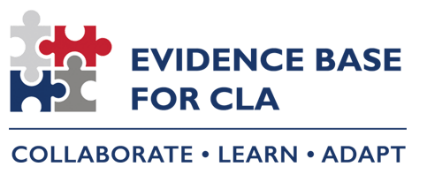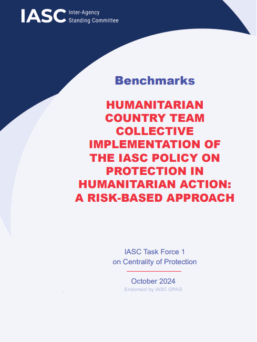Recently, we have examined how collaborating, learning, and adapting (CLA) can help translate a results-based orientation into practice through iterative reflection, learning, and relationship-building. (See here, here, and here for previous examples.) This note from USAID collects a few tips targeted at those funding and managing projects/partnerships for how to proactively cultivate an environment that enables CLA to flourish.
KEY TAKE-AWAYS INCLUDE:
Foster a sense of teamwork and partnership, rather than traditional donor/recipient power dynamics. In any good partnership, all partners are invested in the shared outcome, and each partner brings distinctive value-added to the effort. It is important to recognize and appreciate this shared investment in the desired outcome and what partners bring to bear. Much social change programming and complex problem-solving is more akin to supporting a long-term movement for change rather than service delivery, and so a “movement mentality” can be useful to underscore how complex problem-solving requires the contributions of a range of different actors.
Trust needs to be constantly fostered. Invest time in getting to know your partners and other key stakeholders and learn their background and motivations for collaborating on the issue or challenge you’re tackling. For donors and those managing partnerships, demonstrate why you personally care about these issues, and encourage those carrying out the project to see you as a committed partner.
Model curiosity and sensitivity about the context and how it is shifting. Embrace that there will be contextual changes over the life of an intervention, and that that all cannot be known in advance. When you project the sense that the problem we’re helping to tackle is first and foremost a collective one, and that resources can catalyze or accelerate meaningful change, but not cause or control it, you help to reinforce trust and set up management conversations that focus on adapting for the desired results, grounded in the realities of the situation on the ground.
Agree upon structure and timeline (and/or trigger points) for discussion on adapting From the outset of a project, it is important to identify trigger points for reviewing and reflecting on how the intervention is making progress towards the stated objectives. Where a set workplan structure for learning about shifts in context is aligned with a sense of teamwork, it greatly facilitates using data together.



